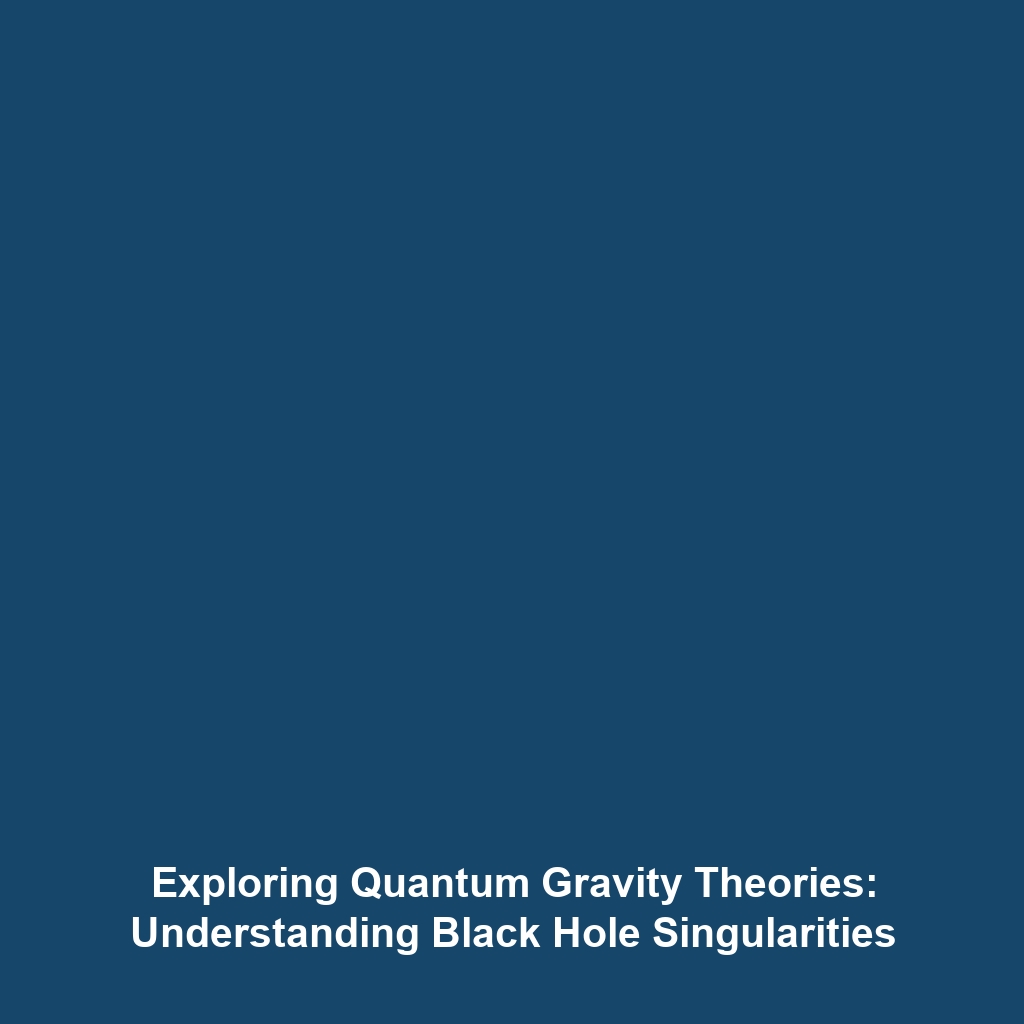Particle Colliders and the Search for Dark Matter Particles
Introduction
Particle colliders play a crucial role in advancing our understanding of fundamental physics, particularly in the quest to uncover the nature of dark matter particles. As researchers explore the universe’s mysteries, the hunt for dark matter—a mysterious substance that makes up approximately 27% of the universe—intensifies. The intersection of particle physics and cosmology via particle colliders is significant, as it provides a unique platform for testing theories and probing beyond the Standard Model of particle physics. In this article, we will delve into the major concepts, applications, challenges, and future directions of particle colliders in the search for dark matter particles.
Key Concepts
Understanding particle colliders requires grasping several key concepts:
Particle Colliders
Particle colliders are sophisticated machines designed to accelerate particles to high energies and collide them. The resultant interactions can reveal new particles, including potential dark matter candidates. Major colliders, such as the Large Hadron Collider (LHC), offer insights into the fundamental forces and particles present in the universe.
Dark Matter Candidates
Various theoretical particles, such as Weakly Interacting Massive Particles (WIMPs) and axions, are proposed as candidates for dark matter. The search for these elusive particles forms a central theme in dark matter research.
Connecting Dark Matter and Dark Energy
While dark matter exerts gravitational effects, dark energy drives the universe’s accelerating expansion. Understanding the relationship between these two components of the universe is vital for a comprehensive grasp of cosmology.
Applications and Real-World Uses
The applications of particle colliders extend beyond theoretical physics:
- Materials Science: High-energy collisions enable the study of materials under extreme conditions, leading to advancements in technology.
- Medical Applications: Technologies developed for particle collisions have been adapted for cancer treatment through proton therapy.
- Data Analysis Techniques: Methods and technologies from particle physics improve data analysis across various fields, including climate science and big data.
Current Challenges
Several challenges affect the study of particle colliders and the search for dark matter particles:
- Cost: Building and maintaining particle colliders like the LHC involves significant financial investment.
- Complexity of Measurements: Accurate detection of dark matter particles is technically complex and often requires advanced instrumentation.
- Theoretical Ambiguities: Theories surrounding dark matter remain speculative, making definitive predictions challenging.
Future Research and Innovations
Innovations are on the horizon:
- Next-Generation Colliders: Proposed colliders like the Future Circular Collider (FCC) aim to explore energy levels beyond current capabilities, potentially revealing new physics.
- Advanced Detection Techniques: Innovations in detector technology could improve our ability to identify dark matter signatures.
- Multidisciplinary Approaches: Collaborations across physics disciplines may yield new insights into dark matter and dark energy correlations.
Conclusion
The ongoing research involving particle colliders is pivotal in the journey to understand dark matter particles and their essential role in the universe’s composition. As barriers are overcome, and innovations emerge, our knowledge of dark matter and dark energy may significantly advance. For further insights, explore related topics on dark matter theories and the role of dark energy in cosmology. Join us as we continue to unravel the mysteries of the universe.









